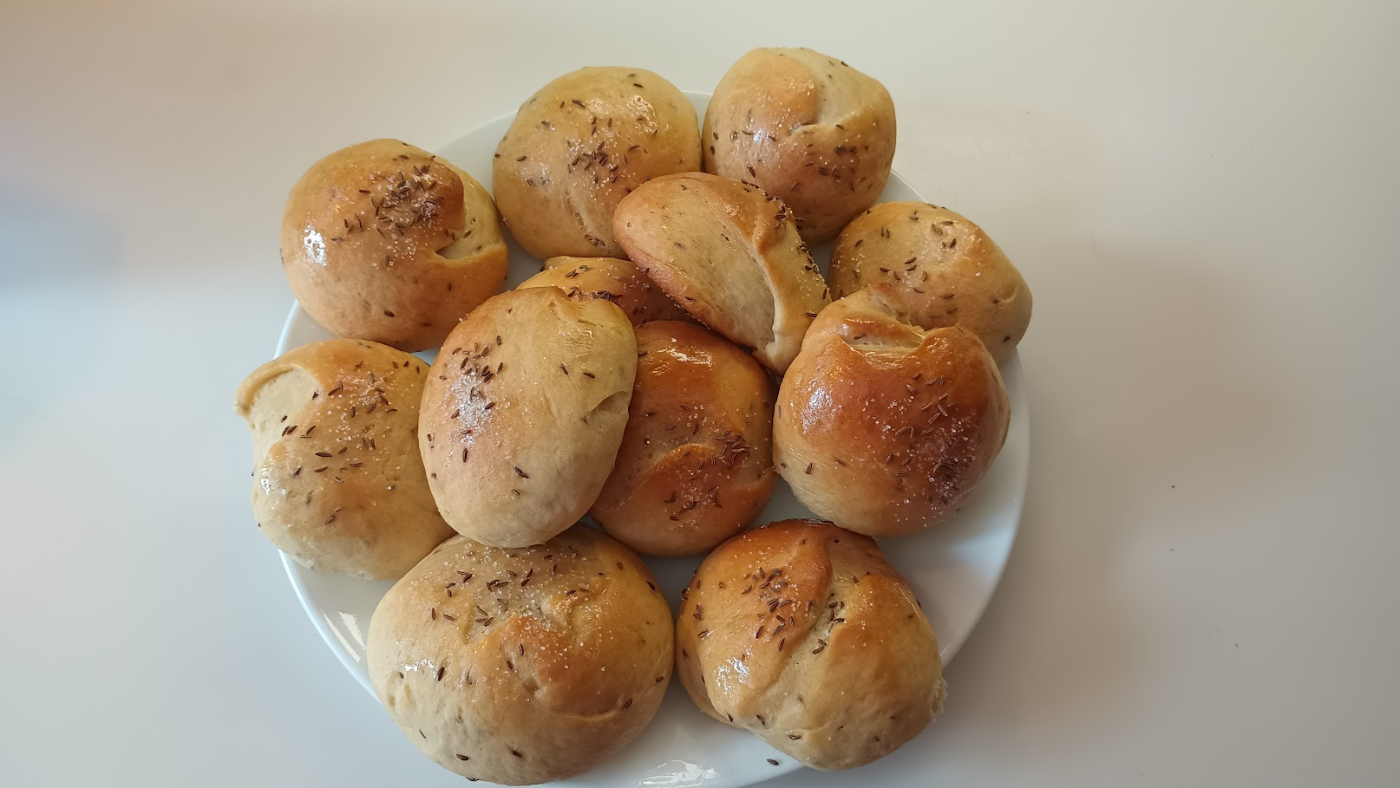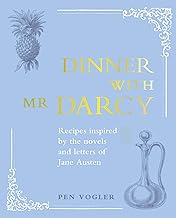
The Bath Bun originated as a treat provided by Dr. William Oliver for his patients. As you probably know, Bath – the city – was originally a rather posh Roman outpost, complete with temples and amphitheatres and a very nice place to soak one’s body in the hot springs. To the Romans, this was Aquae Sulis and for those of you who are almost as keen on Roman history as Regency (like me!), here are some links to whet and satiate your appetite.
https://www.britannica.com/place/Roman-Baths
https://www.english-heritage.org.uk/learn/story-of-england/romans/roman-bathing/
And if you’ve never heard of this channel before, any Anglophile and history nerd cannot do without subscribing (for a very reasonable rate – and I’m not being paid to say so!) to History Hit. There really is a plethora of material here, and for our purposes today, here’s one of my newest favorite documentarians Alice Loxton visiting Bath:
All right, so jump back in your time machine, and punch in – oh, I don’t know – 1730. We arrive in Bath about five years after Dr. William Oliver set up shop. Now by this time, Bath and its actual baths had been rediscovered and Bath was making a name for itself as not only a spa town where visitors came to receive the healing waters for anything from gout to infertility, but also as an entertainment destination where one could rub elbows in the Pump Room with the rich and famous of England’s upper classes.
As evidenced in Persuasion, by Jane Austen’s time Bath was still a hotspot destination, but it had been outstripped by London as a place for yearly vacations during “The Season.” Sir Walter Elliot is convinced that he may be important in Bath at relatively little expense, whereas, the text confesses that his solicitor is fearful of the financial scrapes he may get into should he choose London. Still, it was a bright, sparkling jewel in the crown of all that was the Georgian and Regency opportunities to enjoy assemblies, concerts, plays, and of course, high society.
Now Dr. Oliver soon learnt that his Bath Buns were too fatty for his diet-wary patients, and so he modified the recipe into what became the Bath Oliver biscuit – one of what I assume is the early form of the British “digestive,” which is – from the research I’ve done eating them in the UK – essentially a cracker – light, crunchy, salty, and good for defeating the hangries when one is tromping around as a tourist. As for their ability to aid digestion?…questionable at best.
So, I prepared these Buns using the recipe found in my cookbook Dinner with Mr. Darcy. The main difference between the Bath bun and the Sally Lunn appears to me to be both sweetness (from the glaze) and the inclusion of carroway seeds, which add a delightful savory component to balance the sweetness. These are good to make for a group or a gathering as they are best eaten the day they are made and tend to get tougher and dryer as time passes. Another difference here between what I’ve made and the original is that the originals would likely have been topped with carroway comfits – i.e. essentially carroway seeds sauteed in sugar and water then left to dry to create a little seedy candy.
Here are some additional links related to Bath Buns, including recipes and at the bottom, my two favorite Jane Austen Cookbooks:



Leave a comment